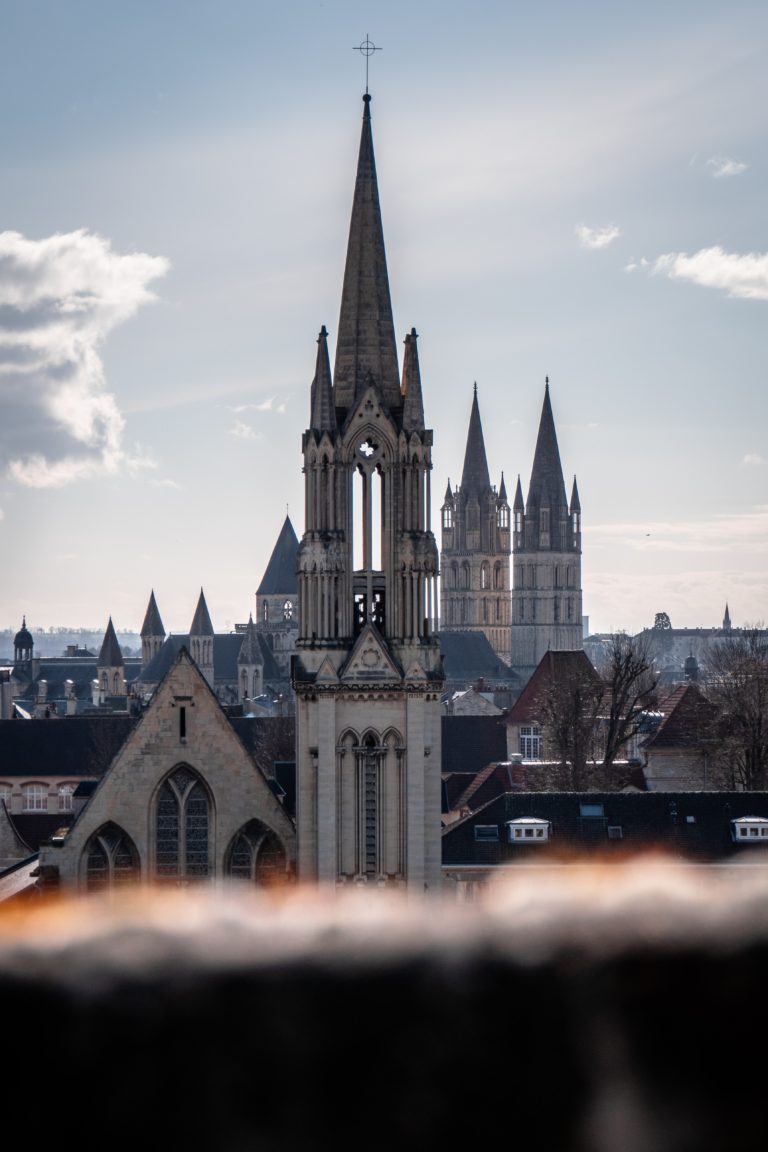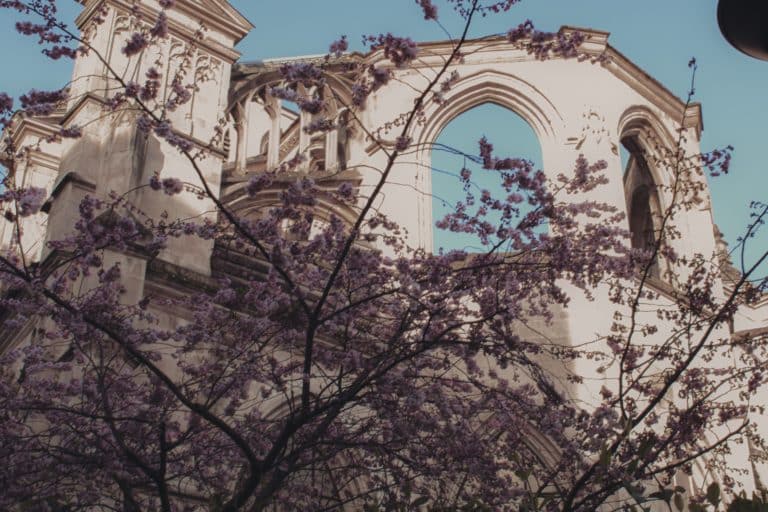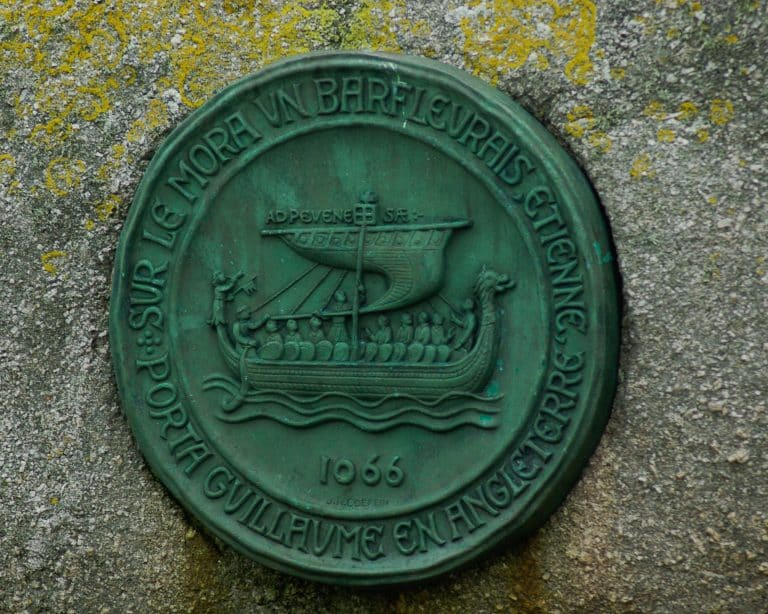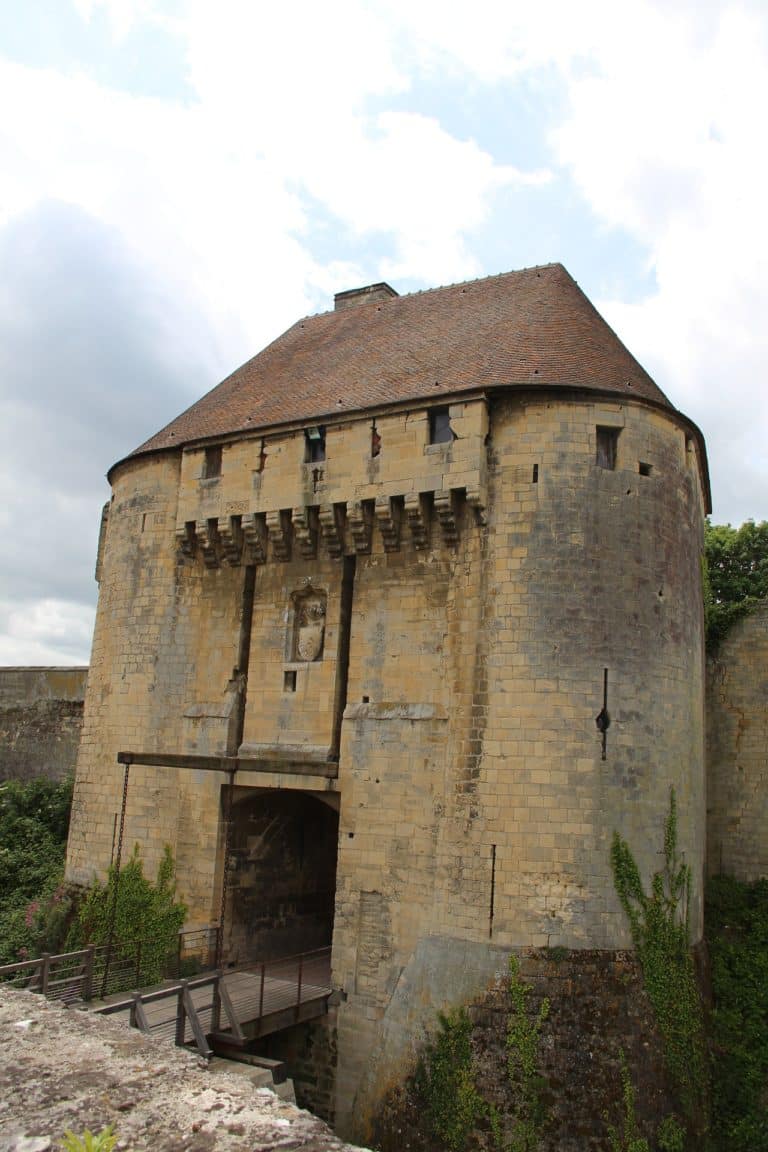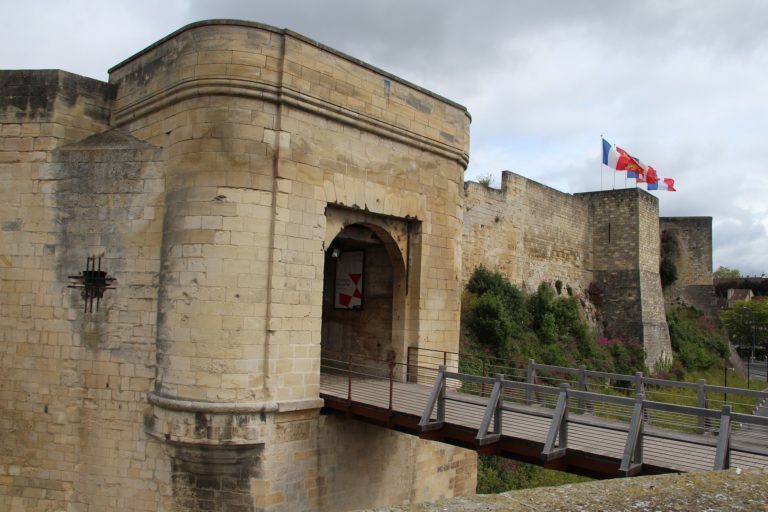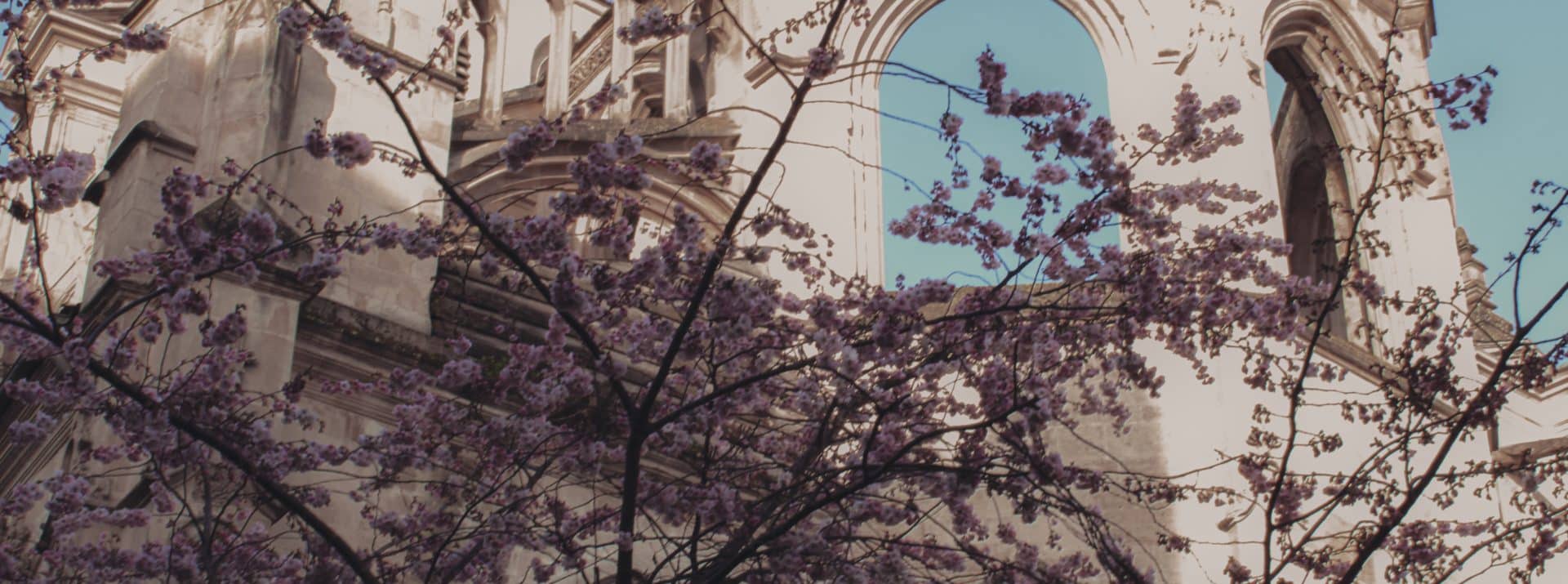
The city of Caen and its castle
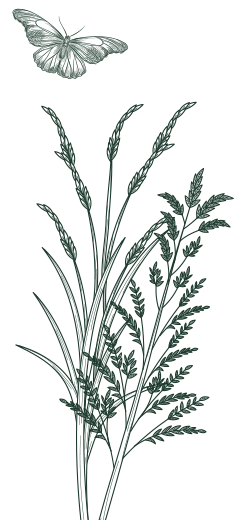
Tourism in Caen
You have booked in our campsite near Caen for your future vacations and you wish to go sightseeing in Calvados?
It’s a good thing, because with its heritage, green spaces and lively city center, Caen is a capital to be experienced to the full!
Relax for a few minutes on your terrace, then reach the prefecture of Calvados in only 30 minutes by car!
The city of William the Conqueror, nicknamed the “City of a hundred steeples”, Caen is indeed home to a magnificent cultural and architectural heritage. The Memorial, the ducal castle, the Saint-Pierre church, the Ladies’ Abbey, the Men’s Abbey and the half-timbered houses such as the Quatrans’ house are among the main attractions of the city.
The former capital of Basse-Normandie has a total of 86 historical monuments. For this reason, it appeals as much to lovers of architecture and heritage as to history buffs.
Between two visits, take the time to stroll through the pedestrian streets of the old town such as the Rue Froide, characterized by its charming stores. The Valley of the Gardens, close to the Memorial, is a peaceful place perfect for rejuvenation.
Do you want to live an unusual experience during your camping stay near Caen? Take a boat ride on the canal or play golf with your children.
Visit of the castle and the museum of Normandy
The layers of time are obvious when you enter the castle of Caen by its drawbridge.
You will be able to admire there the door of the Fields and the door Saint-Pierre, the ruins of the keep. It is particularly pleasant to take a leisurely stroll in the garden of simplicity or on the artillery terrace.
Its goal is to strengthen its position in Western Normandy. In the 12th century, England took over the duchy of Normandy. The son of William the Conqueror added a keep and a large hall. Philippe Auguste recovers the fortress in 1204 and modernizes it. The castle was then used by a governor and now has an administrative role.
When the Hundred Years’ War began in the 14th century, the fortified castle found a key role in the defense of the region. The castle was taken by the English in 1417 and then recovered by France in 1450.
From then on, it experienced several conflicts and served as both a prison and a military garrison. The revolutionaries seized it several centuries later, on July 18, 1789, and also used it as a prison before the castle returned to purely military use.
The castle grounds are freely accessible, only the museums are subject to a fee.
Information, rates and schedules
The history of the castle of Caen begins almost 1000 years ago. Around 1060, at the request of William the Conqueror, a citadel was built on a hillock dominating the surroundings.
At the end of the 19th century, a unit of infantrymen settled there. Other military units followed and the castle of Caen became the Lefebvre barracks. occupied by Germany during the Second World War, the castle was the target of bombings and shootings. After the war, the barracks were destroyed and the castle was restored. The Musée de Normandie and then the Musée des Beaux-Arts moved there in the 1960s. Archaeological excavations have been trying to reveal the castle’s hidden secrets over the years.
The Normandy Museum is a history museum with beautiful archaeological and ethnographic collections. You can learn about daily life in the region, from prehistory to the Middle Ages and the 20th century. It occupies several interesting rooms of the castle, such as the rooms of the governor’s house and the rooms of the rampart.
St. George’s Church houses the information center. The Exchequer Room is also accessible. The Museum of Fine Arts contains a fine collection of European paintings and an important collection of prints. Outside is the sculpture park. Not to be missed during your visit to Caen Castle: the view of the city from the belvedere and the illumination of the ramparts at night!



